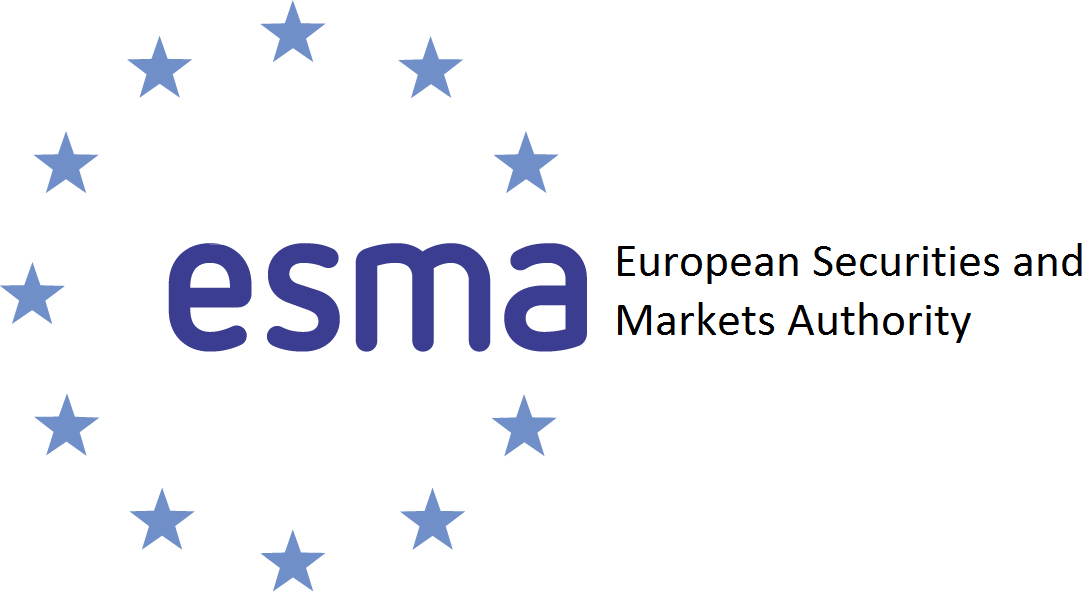Interpretations of the European Securities and Markets Authority’s (ESMA) guidelines on listed and unlisted share classes has created a divergence between funds domiciled in Ireland and Luxembourg.
Under ESMA’s 2017 guidance, a sub-fund that includes an ETF share class should be labelled a UCITS ETF in order to identify to retail investors the product trades throughout the day.
“A UCITS ETF should use the identifier ‘UCITS ETF’ which identifies it as an exchange-traded fund,” ESMA said. “This identifier should be used in its name, fund rules or instrument of incorporation, prospectus, key investor information document and marketing communications. The identifier ‘UCITS ETF’ should be used in all EU languages.”
The guidelines are currently adopted by the Central Bank of Ireland (CBI) which requires asset managers to rename the sub-fund a UCITS ETF if they create an ETF share class.
This occurred when HSBC Asset Management became the first asset manager to offer listed and unlisted share classes within an Ireland-domiciled fund after it relabelled four global index funds as ETFs.
Ireland is currently home to approximately $953bn (67%) of European ETF assets under management (AUM) versus $277bn for Luxembourg, according to data from ETFbook.
While the move has certainly driven more questions than answers, many asset managers such as DWS and Amundi have been relatively sanguine about the latest developments.
The reason for this is because the idea of an ETF share class in Europe has been around for a while due to the interpretation of ESMA’s guidelines from Luxembourg’s regulator.
In a European market anomaly, the Commission de Surveillance du Secteur Financier (CSSF) adopts Vanguard’s share class patent by only requiring the share class to be named as an ETF rather than the fund.
This means asset managers do not have to change the name of the entire sub-fund if they want to create an ETF share class, a potentially beneficial move for issuers but against the guidelines set by ESMA in 2017.
Marc Knowles, director of ETF and indexing practice at Alpha FMC, said the need to label the sub-fund as an ETF may have stopped asset managers from adopting the structure, prior to HSBC AM’s move.
“This is something that has slipped through,” Knowles told ETF Stream. “However, the ETF industry has been lobbying for [the regulation] to be changed. It has been possible in Ireland for some time but because of this issue, not many asset managers have done it.”
While the CSSF’s interpretation is favoured by the ETF industry, it goes against the guidance set by ESMA and leads to a lack of harmonisation across the European Union.
As Shane Coveney, partner at Dillon Eustace, told ETF Stream: “Not implementing the ESMA guidance as intended introduces confusion for the ETF market.
“The CBI will be guided by ESMA. Given UCITS funds are a retail product and the focus is on investor protection, I would not expect ESMA to change the guidelines.”
Whether the European market sees more asset managers following HSBC AM’s lead remains to be seen, however, the ETF share class structure is not without its challenges, especially when considering Ireland’s favourable tax treaty with the US.








